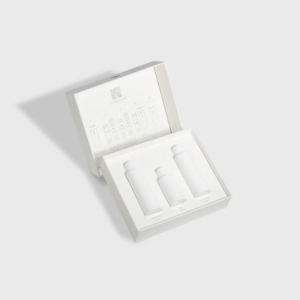Tips For Laying Artificial Grass Carpet Effectively
2 min read
Laying artificial grass carpet can renovate your outdoor space, providing a lush, green area that requires minimal maintenance. To achieve a professional-looking finish, it’s important to follow the correct procedures. The following tips from artificial grass carpet suppliers will help you lay artificial grass carpet effectively:
Prepare the area
Start by preparing the surface where the artificial grass will be installed. Clear the area of any existing vegetation, debris, and rocks. For a smooth finish, remove any old grass or weeds, and level the ground using a shovel or rake. If you’re laying the grass over soil, compact the ground to create a stable base. For concrete or hard surfaces, clean thoroughly to ensure good adhesion.
Install a weed barrier
To prevent weeds from growing through the artificial grass, lay a weed barrier fabric over the prepared surface. This geotextile fabric helps to suppress weed growth while allowing water to drain through. Cut the fabric to fit the area and secure it with landscape staples or pins, ensuring there are no gaps where weeds could penetrate.
Lay and trim the grass
Roll out the artificial grass over the prepared area, ensuring it fits the space properly. Allow the grass to settle for a few hours to let any creases or folds relax. Once the grass is in place, trim the edges with a sharp utility knife or carpet cutter to fit the contours of your space. For a smooth look, ensure that any joins between different pieces of grass are aligned and trimmed neatly.
Secure the edges
To ensure that the edges of the artificial grass stay in place, secure them with landscape staples or nails. Place the staples or nails around the perimeter and at any seams or joins. For a more secure finish, use a strong adhesive or jointing tape along the seams to bond the grass together.
Add a sub-base
If you’re installing artificial grass over soil, consider adding a sub-base of crushed rock or gravel. This helps to improve drainage, create a level surface, and provide additional support. Spread the sub-base evenly, compact it with a roller or tamper, and ensure it is level before laying the artificial grass.
Brush and infill
Once the grass is laid and secured, brush the fibres with a stiff-bristle broom to lift them and achieve a natural look. This also helps to remove any trapped debris and ensures the grass stands upright. If your artificial grass requires infill, spread a layer of infill material, such as sand or rubber granules, evenly across the surface.



